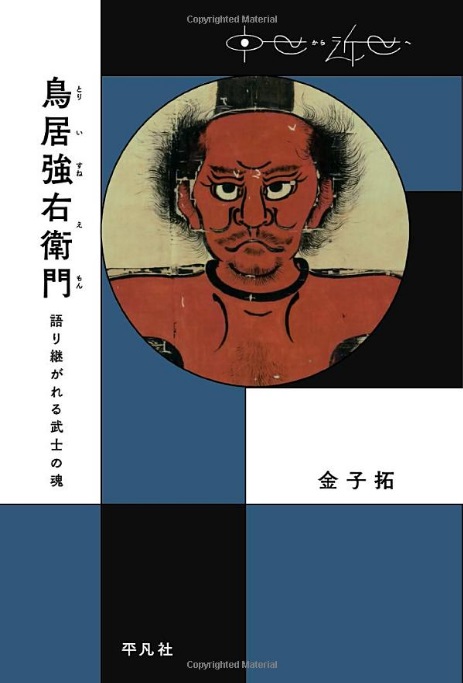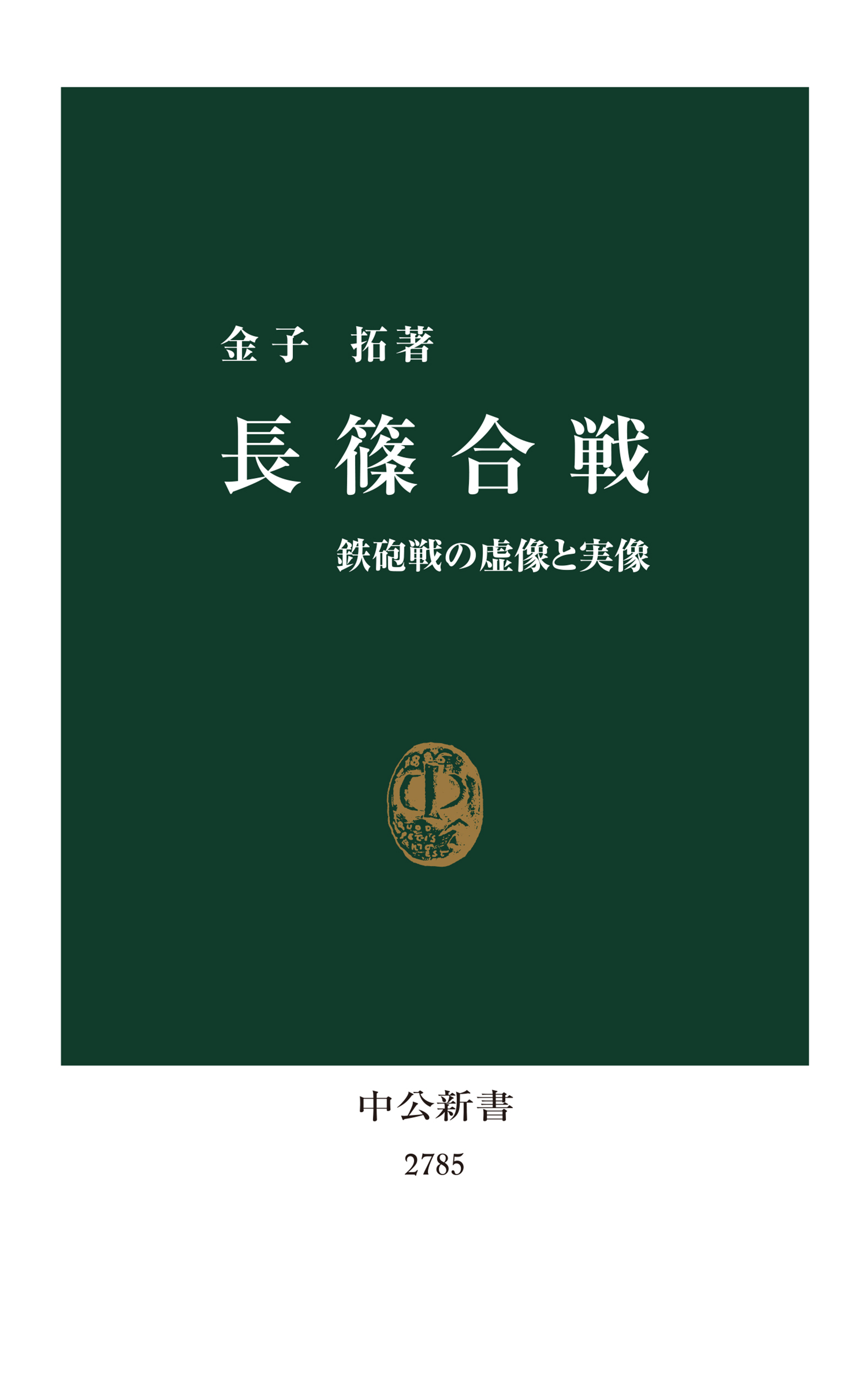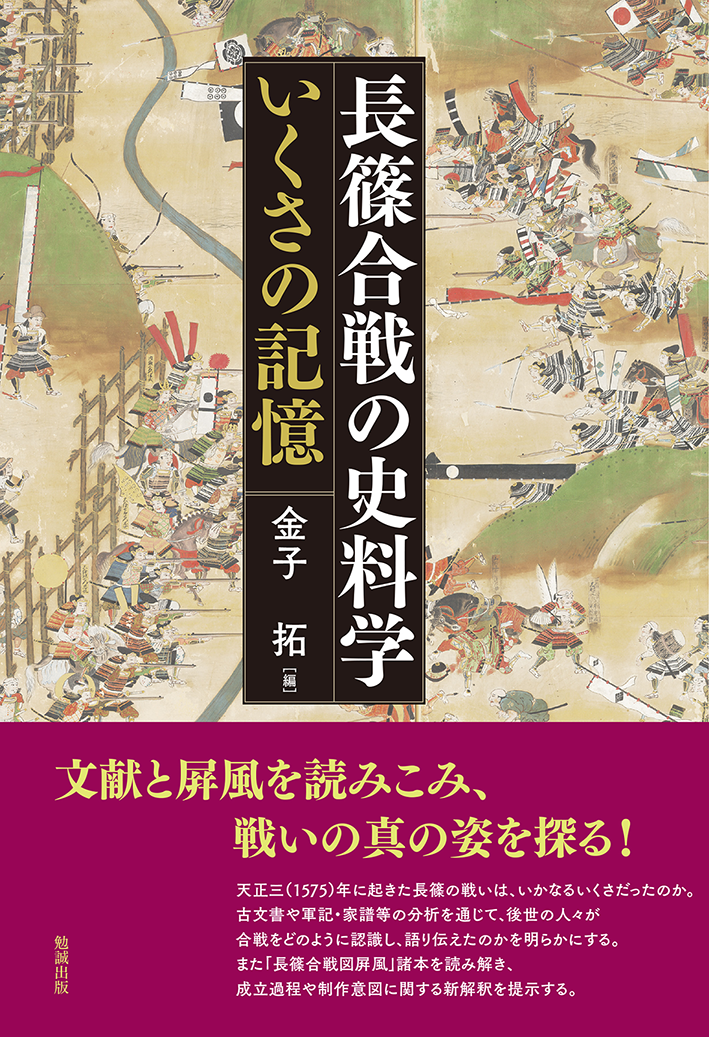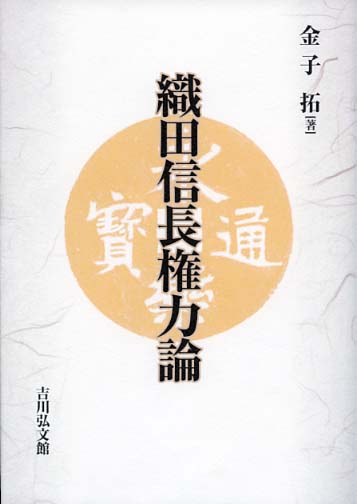
Title
Series: From the Medieval Period to the Early Modern Period Torii Suneemon (A Tale of the Warrior Spirit Handed Down through the Ages)
Size
300 pages, 127x188mm
Language
Japanese
Released
September, 2018
ISBN
9784582477412
Published by
Heibonsha
Book Info
See Book Availability at Library
Japanese Page
I am employed at the Historiographical Institute at the University of Tokyo, which was established for the purpose of studying, compiling, and publishing historical sources pertaining to Japan. In order to study historical sources and publish collections of these sources, historical sources located throughout the country are collected in the form of copies, and it is these copies that are utilized for research and compilation purposes. (The sources gathered in this way can also be viewed in the Institute’s reading room and on-line.)
Before World War II, sources were copied by hand, but later there was a shift to microfilms produced by microphotography, and today digital photography predominates. In the majority of cases, employees of the Institute go to where the material is held and photograph it themselves.
But this does not mean that the Institute does not have any original materials of its own. It possesses original materials that were purchased or donated, and representative of these are Documents of the Shimazu Family, which have been designated a national treasure.
Most of the original materials held by the Institute are textual sources, but they also include a few physical objects, representative of which is a banner that the Sengoku warrior Ochiai Saheiji is said to have fastened to his back in battle. The banner depicts on a white background a crucified man, completely red in colour and wearing only a loincloth, and it is of a powerful design that is difficult to forget once one has seen it.
The man depicted on this banner is Torii Suneemon, who, immediately prior to the Battle of Nagashino on the 21st of the fifth month of 1575, was sent from the fort at Nagashino, which was encircled by the forces of Takeda Katsuyori, to request aid from Oda Nobunaga and Tokugawa Ieyasu. But on his return he was captured by Takeda’s forces and killed for having yelled out to his confederates that reinforcements were on their way.
I am involved in the compilation of vol. 10 of Chronological Source Books of Japanese History, and we have just begun compiling source materials related to this Battle of Nagashino. In 2010 the Institute was designated a Joint Usage / Research Center. As one of our joint research projects we chose the topic of collecting and studying historical sources related to the Battle of Nagashino, and it was decided to undertake a joint research project together with relevant researchers outside the Institute with the aim of bringing together the relevant historical sources.
As part of this project we launched a full-scale study of the above-mentioned banner in the Institute’s possession. We visited descendants of the Ochiai family who produced the banner, and by examining other banners and textual sources preserved by the Ochiai family we were able to confirm the oral tradition that the banner was produced in the early Edo period. In addition, a scientific examination revealed that there were bloodstains on the banner. Having thus been able to ascertain that it is such a valuable piece of historical material, it was decided to have it restored at the Institute’s Conservation Laboratory.
This book summarizes the course of this research project and also retraces the life of Torii Suneemon on the basis of textual sources. I also pay attention to how the image of such a loyal figure was transformed and received in the militaristic society of the modern period. By reading this book, the reader should be able to gain an idea of what kind of investigations and research are carried out at the Historiographical Institute in order to compile collections of historical sources.
(Written by KANEKO Hiraku, Associate Professor, Historiographical Institute / 2020)



 Find a book
Find a book





